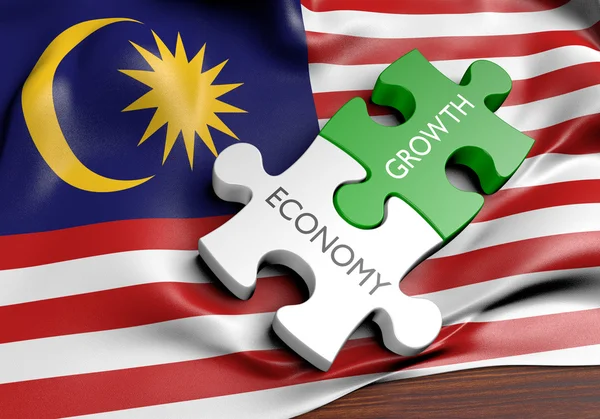Bank Negara Malaysia announced today (May 12) that Malaysia’s Gross Domestic Product (GDP) in the first quarter of 2023 expanded 5.6 per cent after recorded a growth of 7.1 per cent in the previous quarter. In terms of quarter-on-quarter seasonally adjusted, GDP grew marginally by 0.9 per cent (Q4 2022: -1.7%) in this quarter.
This places Malaysia’s economic growth well within expectations to expand by 4.0 per cent in 2023 amid an expected slowdown in external demand.
This follows a stronger-than-expected recovery of 7.8 percent last year. Malaysia’s strong performance in 2022 overall – was in part due likely to the withdrawals from the Employees Provident Fund (EPF) which contributed to higher private consumption in Malaysia than in other countries.
In addition, improved labour market conditions, other government policy measures such as the increase in the minimum wage and cash assistance programs such as Bantuan Keluarga Malaysia provided additional support.
Recovery is broad-based across firms and sectors and, since last year, it has been more entrenched following the reopening of international borders. Firms of all sizes and across all sectors achieved positive changes in sales relative to the same period pre-pandemic. Nonetheless, large firms still lead the way in sales growth.
But a rising GDP does not always mean greater prosperity for all Malaysians. Consider the impact of the rising GDP to the challenges facing the nation today.
Government data shows that recovery remains uneven with poor and vulnerable groups experiencing slower recovery. The 3rd round of the World Bank’s High-Frequency (HiFy) Phone Survey showed that nearly 70 per cent of lower-income households self-assessed themselves as having inadequate financial resources to meet their monthly basic needs, and more than 60 percent of these households reported having no savings. Recent increases in food and energy prices have further exacerbated the lingering effects of the pandemic on poor households.
Repeatedly, rising food and utility prices have contributed to the uptrend in inflation. Although, Malaysia’s inflation rate in March 2023 eased to 3.4 per cent, the previous upward trend in inflation was also driven by higher utility prices. But, many say once prices increase, it would be impossible to come down.
Relative to regional peer countries and around the world, inflation has remained broadly stable in Malaysia, mostly due to blanket fuel subsidies and price controls but the fact remains that there is less disposable income in the pockets of medium to lower income earners.
The increase in government spending during the COVID-19 crisis to support the economy has raised debt levels and reduced Malaysia’s fiscal space. Therefore, the near-term focus should be on supporting the vulnerable and rebuilding fiscal buffers.
Efforts to rebuild fiscal buffers should be driven by higher revenue collection and better spending efficiency. An effective policy response should enhance the consumption tax framework, broaden the tax base of personal income tax, and streamline reliefs. Meanwhile, a gradual shift towards a targeted subsidy framework would help subsidies work better for lower-income households. This must be strictly implemented and managed.
A move toward targeted subsidies is required. Putting in plans to phase out blanket, broad-based subsidies and moving towards a more targeted subsidy framework that would benefit lower-income households is relevant and timely.
A depreciating ringgit could increase the cost of living but could also be favourable for economic growth. Analysis on the effects of ringgit depreciation shows that it could increase the cost of living as the price of imported goods and services in the consumer’s basket rises. However, a depreciating ringgit could also be favourable for economic growth through an increase in the country’s international competitiveness and net exports.
There is an ongoing need to better understand and properly measure poverty and inequality. This is so that responses and policies can be rolled out more effectively and equitably.









